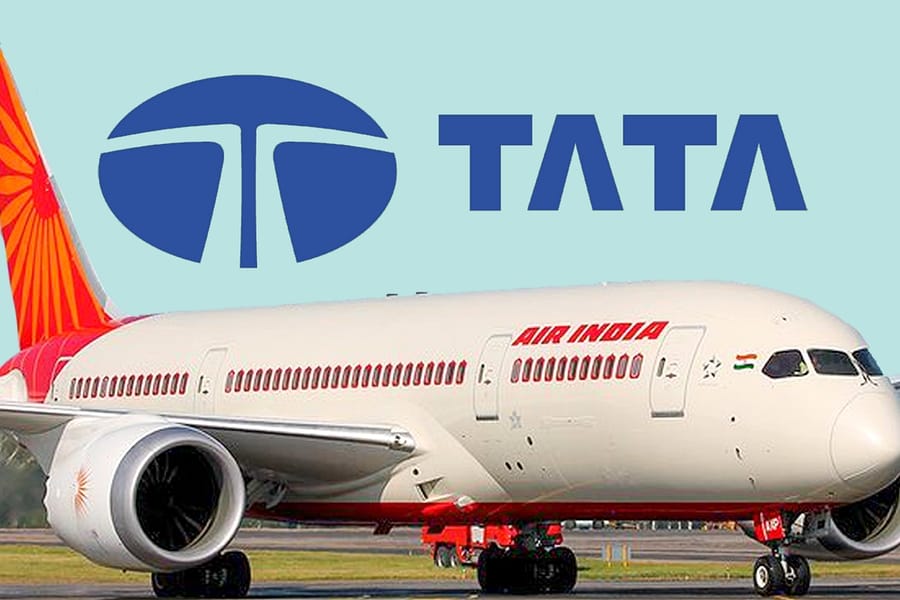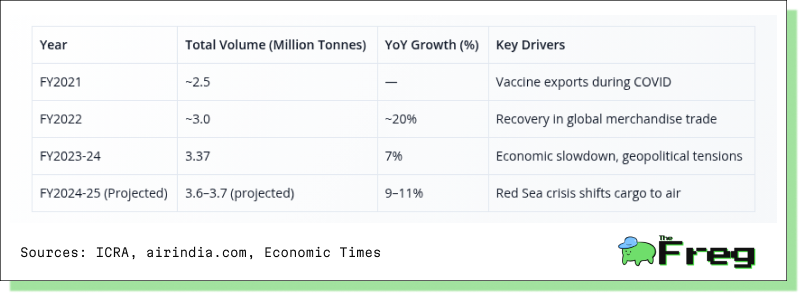Air India’s High-Altitude Makeover: Tata’s Blueprint to Revive a National Icon
Under Tata Group’s leadership, Air India is undergoing a major transformation through its Vihaan.AI program—modernizing its fleet, merging group airlines, improving finances, and expanding globally to reclaim its position as India’s flag carrier.

In early 2022, the Tata Group made aviation history by reclaiming Air India—an airline it once founded but that had since become emblematic of India’s struggling state-owned ventures. Today, that same airline is in the midst of a daring revival under a five-year transformation plan named Vihaan.AI, Sanskrit for “dawn of a new era.” This plan, unfolding in three phases—Taxi, Take Off, and Climb—is not only rewriting the airline's operational playbook but is also rebranding Air India as a modern, world-class carrier with an Indian soul.
From a legacy burdened by debt and service decline, Air India is aiming for a future of operational excellence, passenger delight, and global competitiveness. Here’s how that vision is taking shape.
A Modern Fleet for Global Ambitions
At the heart of Air India’s transformation is one of the largest commercial aircraft orders in aviation history. The airline has committed to acquiring 470 new aircraft, with 250 from Airbus and 220 from Boeing, spanning wide-body and narrow-body segments. This includes:
- 40 Airbus A350s
- 20 Boeing 787 Dreamliners
- 10 Boeing 777-9s
- 210 Airbus A320/321neos
- 190 Boeing 737 MAX aircraft
Deliveries began in late 2023, and once complete, the new fleet is expected to boost Air India’s capacity by nearly 2,500 weekly flights, nearly doubling its network footprint.
Alongside new acquisitions, the carrier is retrofitting its older fleet. A $400 million refurbishment program is overhauling 67 legacy aircraft—revamping interiors, seats, and branding to ensure a consistent and premium onboard experience.

Financial Turnaround: Climbing Out of the Red
Air India's financial performance has shown signs of improvement following the Tata Group acquisition in 2022, with significant reductions in losses despite substantial investments in transformation initiatives.

Merging for Synergy: Vistara and Air India Unite
In November 2024, the Tata Group finalized the merger of Vistara into Air India, creating a unified full-service airline brand. This follows the earlier merger of its low-cost carriers—AirAsia India and Air India Express—under the Air India Express brand. The consolidation streamlines Tata’s aviation portfolio into a two-brand system: one premium, one budget.
Singapore Airlines, which held a 49% stake in Vistara, now owns 25.1% of the enlarged Air India group. The integration brings with it:
- 6,000+ Vistara employees
- 270,000 migrated bookings
- 4.5 million loyalty accounts merged into the Maharaja Club
As of mid-2025, the new Air India group operates over 5,600 weekly flights, covering more than 90 destinations and serving 120,000 passengers daily.
Cargo Takes Flight: Riding the Global Supply Chain Boom
Air India is positioning cargo as a key revenue stream. With ambitious plans to triple cargo capacity to 2 million tonnes by 2027, the airline is banking on bellyhold space in its wide-body fleet and the global rise in air freight demand.
Key investments include:
- AI-driven cargo management systems
- Real-time electronic data exchange
- Cold chain infrastructure for perishables
- Partnerships for global door-to-door logistics

Financial Realities
Despite operational progress, the airline’s balance sheet remains under pressure. In FY 2022–23, Air India posted a loss of ₹11,388 crore on ₹31,377 crore in revenue. Only Air India Express managed a small profit. While the government had cleared over ₹61,000 crore in debt prior to the sale, profitability remains elusive.
Efforts to reverse the tide include:
- Fleet fuel-efficiency upgrades
- Consolidation to eliminate redundancies
- Expansion into profitable cargo operations
- Debt restructuring and improved cash flow tracking
Vihaan.AI: Strategic Vision in Action
Launched in September 2022, the Vihaan.AI program divides transformation into three phases—Taxi, Take Off, and Climb. The first focused on foundational fixes, including resolving over 1 million refund claims and modernizing IT systems with a $200 million investment.
Now in the Take Off phase, Air India is expanding routes, enhancing services, and focusing on operational reliability. Key highlights include:
- 35 new routes (25 international, 10 domestic)
- 11 new global stations
- Premium Economy class on long-haul routes
- Paperless crew operations and biometric boarding trials
- Upgraded in-flight food and entertainment
Global Alliances: Connecting India to the World
Air India is extending its international footprint through codeshare and interline agreements. As of mid-2025, the airline boasts 19 codeshare partnerships with carriers like Lufthansa, Singapore Airlines, United, and Air Canada, offering access to 80+ cities globally.
Recent developments:
- Singapore Airlines deal covering 11 Indian cities and 40 global destinations
- Lufthansa Group expansion across 60 routes in 12 Indian and 26 European cities
- Austrian Airlines added under Lufthansa umbrella
Combined, these partnerships generate a three-fold jump in booking revenues and serve 25,000+ travelers weekly.
Final Descent: What Lies Ahead
Air India’s transformation is both massive in ambition and meticulous in execution. Yet challenges remain—from entrenched bureaucracy to thin profit margins and aggressive competition from IndiGo and global giants.
Still, with fleet modernization, operational efficiency, and global partnerships taking shape, the once-troubled flag carrier is showing signs of sustainable lift. For Tata Group and Indian aviation, Air India’s revival isn’t just a corporate turnaround—it’s a national symbol reimagined for the skies of tomorrow.






